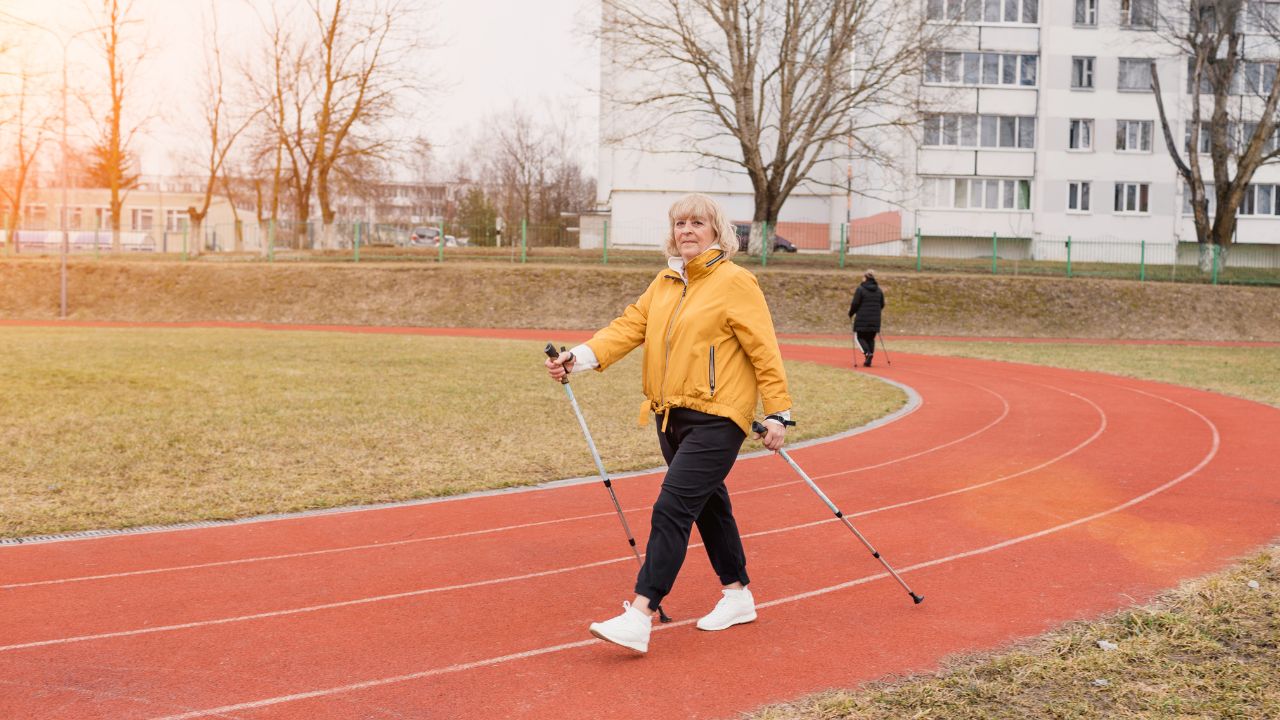does neuro balance therapy really work
$28.00
Neuro Balance Therapy is an innovative program designed to improve balance and coordination through a series of targeted exercises and mental techniques. By focusing on the brain’s ability to adapt and strengthen its neural pathways, this therapy aims to enhance stability and reduce the risk of falls. Many users report positive outcomes, including improved balance and increased confidence in their mobility, though results can vary individually.
Description
Does Neuro-Balance Therapy Really Work? A Critical Look
In a world overflowing with wellness programs and “miracle” fitness routines, Neuro-Balance Therapy has been gaining traction—particularly among older adults concerned with balance, stability, and fall prevention. But does it actually work, or is it just another overhyped program? Let’s take a closer look.
What Is Neuro-Balance Therapy?
Neuro-Balance Therapy is a physical therapy and exercise program developed by certified balance specialist Chris Wilson. The program claims to “wake up” a dormant nerve in the foot—specifically the peroneal nerve—which plays a vital role in controlling lower-body strength, coordination, and balance.
The therapy includes:
-
A video series demonstrating daily exercises
-
A specially designed spike ball used for stimulating the foot
-
Guided routines that can be done from the comfort of your home
According to the creator, by activating the peroneal nerve and strengthening stabilizing muscles, the program can help users regain confidence in their movements, reduce falls, and walk with more stability.
What Does the Science Say?
While the peroneal nerve does play a role in motor function and balance, there’s limited clinical research specifically backing the Neuro-Balance Therapy program itself. That said, the foundational principles—stimulating nerve function, improving proprioception (awareness of body position), and strengthening lower body muscles—are supported by broader physical therapy practices.
Numerous peer-reviewed studies confirm that:
-
Balance-focused exercises reduce fall risk, especially in seniors
-
Proprioceptive training improves coordination
-
Foot stimulation and massage can enhance nerve sensitivity and function
So while the unique branding and tools (like the spike ball) might be proprietary, the underlying methods align with proven rehab and physical therapy techniques.
Pros and Cons of Neuro-Balance Therapy
Pros:
-
Non-invasive and easy to follow at home
-
Low impact: suitable for seniors and those recovering from injury
-
Focuses on neuromuscular connection, not just brute strength
-
Comes with structured guidance and support
Cons:
-
Scientific evidence for this specific program is limited
-
Results may vary widely depending on the user’s consistency and existing health
-
The program isn’t a substitute for medical advice or in-person therapy when needed
What Are Users Saying?
Anecdotally, many users report improvements in balance, reduced fear of falling, and greater mobility after sticking with the program for a few weeks. However, some skeptics argue that these benefits could come from any regular balance training, not necessarily this branded method.
| SEMENAX | FEATURES |
| BRAND | Semenax |
| Ratings | 4.9/5 |
| Manufacturer | Semenax Official |
| GMP CERTIFIED | Yes |
| FDA Approved | Yes |
Final Verdict: Does It Really Work?
Yes—with caveats. If you’re looking for a gentle, structured way to improve your balance and leg coordination, Neuro-Balance Therapy can be a helpful tool, especially for older adults. But it’s not a magic cure or a replacement for professional medical treatment.
Its effectiveness largely depends on how consistently it’s used and whether the user has underlying medical conditions that require more specialized care.





Reviews
There are no reviews yet.